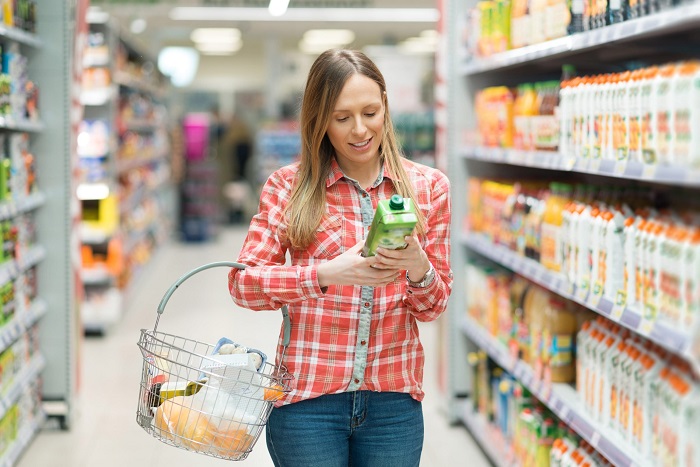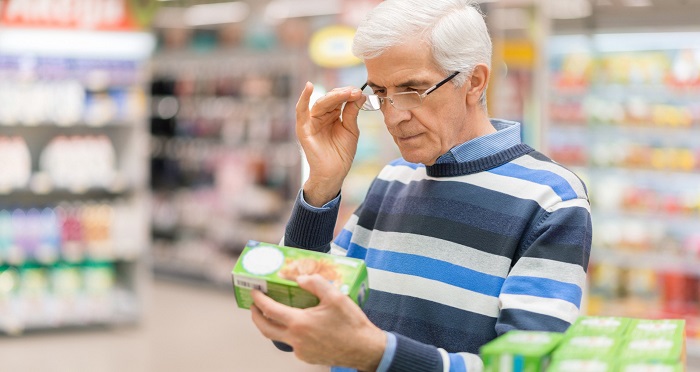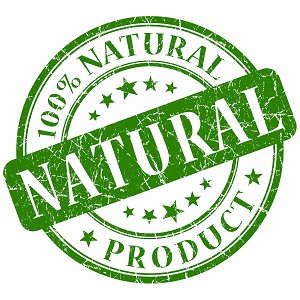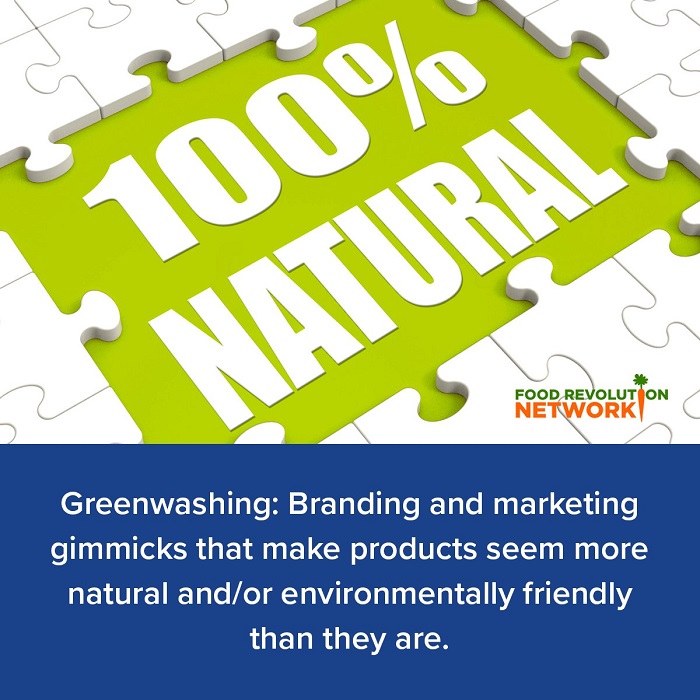
- Greenwashing is a widespread practice used by companies of all sizes to mislead consumers. Find out what greenwashing is — and how to identify greenwashed products — and choose ones that are actually Healthy and Eco-Friendly.
By Jessica Welch:
5 Steps to Choose Truly Healthy and Sustainable Foods
Greenwashing is the food and beauty industries’ form of brainwashing.
Companies of all sizes use greenwashing to trick consumers through creative branding into believing they are choosing healthier and more eco-friendly options.
By using specific phrases, like “all-natural” or “sustainably produced,” and visuals associated with health and nature, companies give the impression they are more environmentally friendly and healthier than they truly are.
Does This Sound Familiar?
It can be as simple as designing a bag of potato chips with a farm scene to imply freshness. Or it can be more convoluted.
Frito-Lay chip company tried to play into the health kick of the last decade, but because their product is inherently unhealthy, they resorted to greenwashing.
If you compare the Natural Lay’s Potato Chips to the Classic Lays Potato Chips, the “natural” product gives the appearance of being healthier.
Don’t Let Earthy Packaging Fool You:
Frito-Lay opted for earth tones on the environmentally-friendly looking packaging and emphasized “natural” on the label.
However, the only difference between the two, besides the thickness of the chip, is that the natural chips use a different type of oil and salt. There is no difference between the grams of fat and the number of calories.
Different types of oil and salt were enough for a complete rebranding that led consumers to believe they were making a healthier choice.
Is Greenwashing Allowed?
Unfortunately, yes. The worst part is everything the companies are doing is legal.
When it comes to what you’re buying, it’s up to you the consumer to stay informed and do the research.
How to Identify Greenwashing:

Nobody wants to have to do homework before going grocery shopping. But these steps will help you understand what to look for when it comes to greenwashing.
1. Bypass the Packaging and Read the Label:
Don’t be fooled by pictures of fruit, farms or any other faux-branding. There are no regulations on the images a company can use on their packaging.
Even though you’re buying a bag of fried potatoes, the image on the packaging of fresh vegetables being pulled from the earth by a burly farmer can easily convince consumers they’re making a healthy choice.
2. Beware of Branding:
Another deceitful trick of greenwashing is using earth tones to connote an all-natural vibe. Since the new era of consumers has shown a clear interest in health, brands have begun producing packaging with more greens, browns, and blues, and avoiding bright, flashy, and unnatural colors.
Once again, the visual does not necessarily represent the food. The only way to tell if food is truly healthy (whatever your definition of healthy may be) is to READ THE LABEL.
3. Look for Proof of Green Practices
Look for proof that your products are healthy. Products that are actually healthier and more sustainable will flaunt their certifications, so it shouldn’t be hard to find.
Some trustworthy seals to look for on your products are:
- U.S. Department of Agriculture (USDA) organic certification: USDA certification is a reliable source due to their regulations and rules that govern how a product is made from growth to manufacturing.
- Green Seal: Green Seal is an eco-friendly nonprofit that develops standards for companies to comply with to be labeled environmentally friendly.
- Non-GMO Project Verified: The Non-GMO Project is not yet the official certification for identifying non-GMO products, but right now it’s the leading verification. Since genetically modified organisms are a newer concept, there is no official certification yet. The Non-GMO Project is a difficult seal to attain because it requires absolutely no GMO’s down to the cow, plants, and seeds.

Why You Should Be Wary of the Tested Green Seal
A few years back, the U.S. Federal Trade Commision targeted Tested Green when they discovered companies were buying the Tested Green label for $200 to $500.
4. Stop Trusting the Slogans

A company cannot claim to be “all-natural” if it is blatantly adding chemicals to its products. But there are many ways for “all-natural” brands to side-step the loose vernacular. Since the FDA doesn’t regulate the term “all-natural,” there are no official rules or regulations around the slogan.
Often, companies will use ingredients with compounds derived from plants mixed with synthesized compounds. The only way to truly know if a product is all-natural is by checking the ingredients and researching anything you’re not familiar with.
5. Know What Being Green Really Means
Labels and certifications can refer to a number of different aspects of a product. There is a wide spectrum of practices that go into food production. Does “sustainably produced” mean a commitment to minimal packaging, farming practices, or efficient manufacturing?
The Takeaway? Do Your Research

It’s up to you as the consumer to do the research and to learn the values of the companies you support. Ask questions about the food you consume and don’t be fooled by greenwashing.
Watch This Humorous Short Video for a Look into How Companies Practice False Advertising:
You might be surprised to learn how some companies use terms like “natural” to market their products. In this funny video, learn why “natural” doesn’t really mean natural.
Editor’s Note: Why it’s Important to Know More About the Food You Eat
Taking the time to know more about the food you eat can help you (and your family) be healthier — and it can help create a better world.
When you choose to buy more organic, non-GMO, humane, local, and fair-trade foods, you’re taking a stand for your health and for your planet, as well as supporting farmers who grow safe food in a sustainable way.
Eating seasonally and choosing local as much as possible, growing your own food, and consuming more plants are all excellent steps to take. You can also look out for the fair-trade label, which helps to ensure that farmers are treated justly and paid fairly for their work.
We all have to learn, and most importantly, take action if we want to bring our food choices into alignment with our goals — and our values.
Tell us in the comments:
- Have you seen examples of Greenwashing?
- How do you avoid Greenwashed products?

Amazing! Its truly remarkable post. I have gotten a much clearer idea regarding from this subject.
Thanks for posting this excellent blog…
I think this is a real great post. thanks again. Fantastic.
Very neat article. Looking forward to your next post. Really Great.
Excellent post. Keep up the excellent writing.
I say Thank You for your content, and therefore your readers.
Appreciation to my father who shared this post with me, this web site is really remarkable.
Some genuinely nice and useful info on this website, besides I think the pattern has got wonderful features.
Hello! I just wish to give you a huge thumbs up for your great info you have here on this post. I am returning to your blog for more soon.
I dug some of your posts and they were invaluable!!!
Hi there to every one, the contents present at this site are in fact awesome, please keep up the nice work fellows.
You can definitely see your expertise in this article!!!
Good way of describing, and good article to take data about my presentation subject, which i am going to present in university.
Great post – Thanks
Hi Dear, are you actually visiting this site on a regular basis, if so, then you will without doubt get good know-how.
Greetings! Very helpful advice within this post! It is the little changes which will make the greatest changes. Thanks a lot for sharing!
Good V very impressed with your web site. I had no trouble navigating through all the tabs as well as related info ended up being truly easy to do to access. Nice task..
You ought to take part in a contest for one of the best sites on the web. I will highly recommend this site!
This is wonderful as are your other weblog posts. Thanks for posting!!!
Thanks for sharing your thoughts. Regards
Your style is unique compared to other people I have read stuff from. Thank you for posting. I will book mark this web site.
Wonderful post! We will be linking to this great content on our site. Keep up the great writing.
Thanks for another informative website.
This is a very good and useful article, I enjoyed reading this.
I love it whenever people get together and share ideas. Great blog, stick with it!
I read your blog often and I truly appreciate the content. This article has really peaked my interest. I subscribed to your RSS feed also.
I have emailed this post to all my contacts, for the reason that if I enjoyed it then my friends will also.
Generally I don’t read blog articles, however I wish to say that this post is excellent. Your writing style has been surprising. Thank you, very great article.
I have been reading your posts and I must say pretty very good. I will make sure to bookmark your blog.
Great blog post. Really looking forward to read more. Great !!!
Great work! This is the type of info that should be shared around the web. Shame on Google for not positioning this post higher!
Everything is very open and very clear explanation on this topic. It was truly informative. Your website is very useful. Thanks for sharing.
I was extremely pleased to discover this post. I want to thank you for this wonderful article!! I definitely appreciated every part of it and I have you bookmarked to look at new information on your website.
I was excited to discover this website. I want to to thank you for this wonderful read!! I definitely liked every part of it and i also book-marked it to look at new things on your website.
Nice post, I really liked and learned so much from it.
Good day! I know this is somewhat off topic but I was wondering if you knew where I could find a captcha plugin for my comment form? I’m using the same blog platform as yours and I’m having trouble finding one? Thanks a lot!
Some really nice and useful information on this website, also I really like the style and superb features.
I’m very pleased to find this information.
Thanks for this marvelous posting! I certainly enjoyed reading it, you are a great author. I will bookmark your blog and definitely will come back. I want to encourage you to continue this great work, have a nice morning!